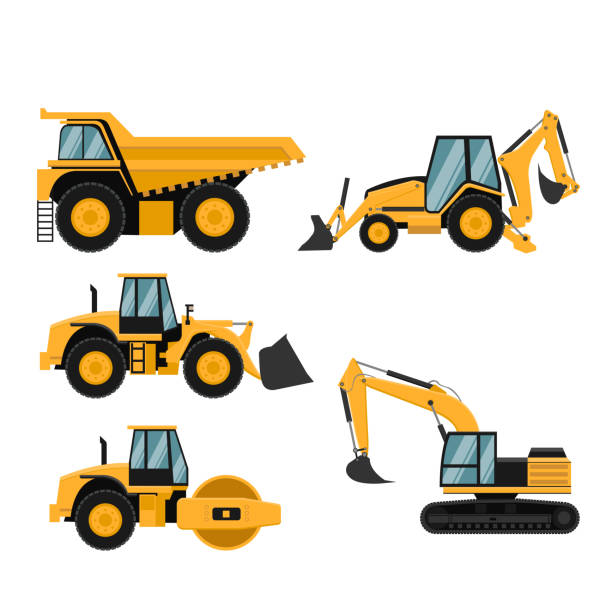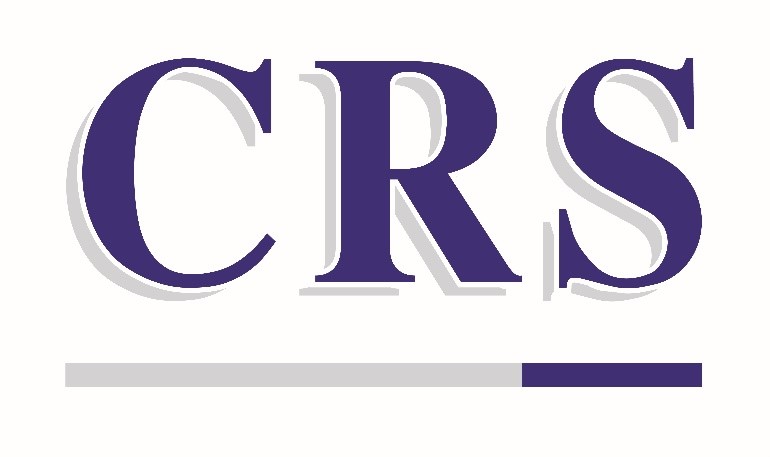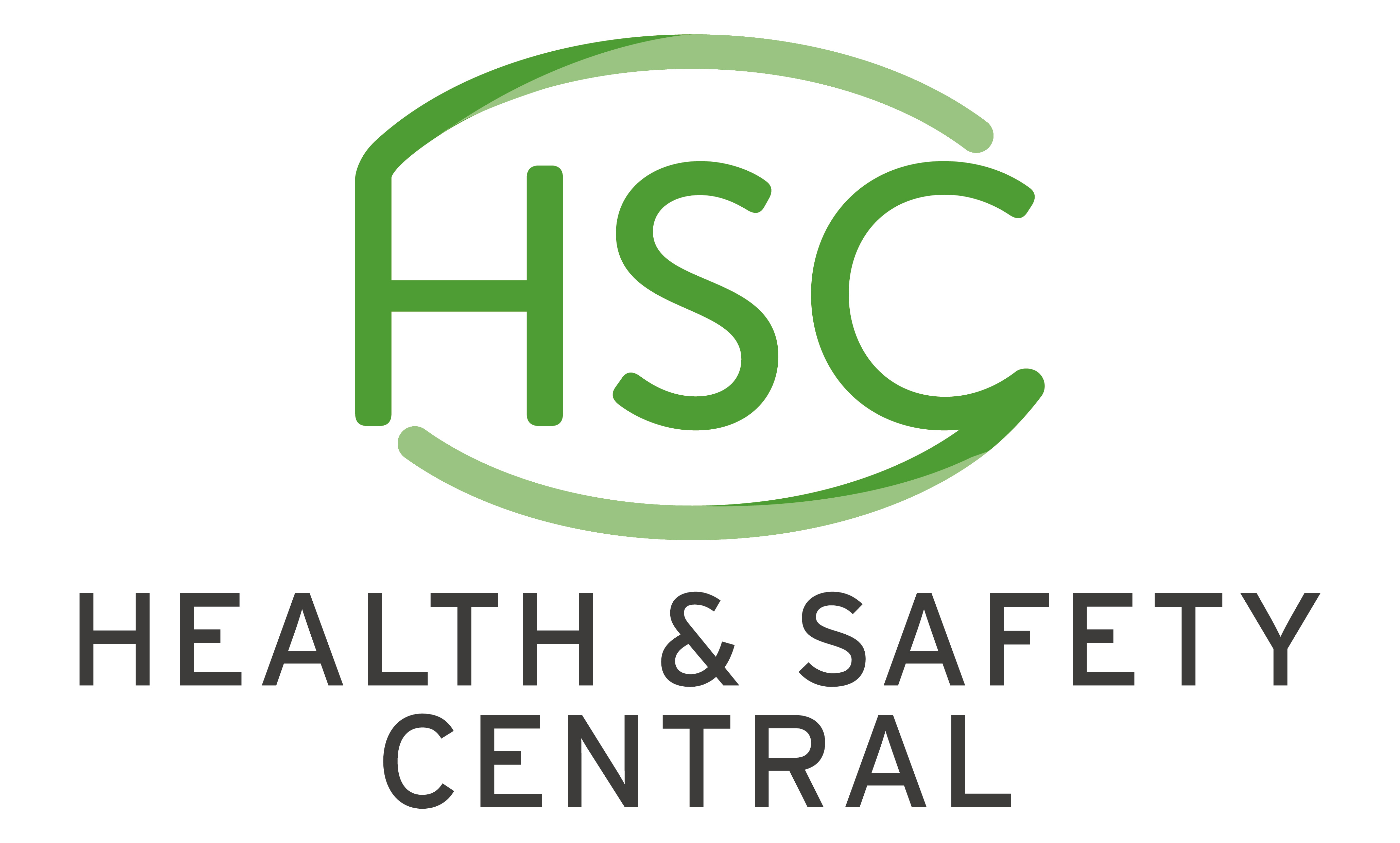Title Page
-
Pre-Operation Inspection - Mini & Large Excavator, Crawler, Roller
-
Jobsite:
-
Take Full Photo of Machine
-
Date of Inspection:
-
Operator Name:
-
Prepared By:
-
Type of Excavator:
Items for Inspection
1.0 GENERAL INFORMATION
-
1.1 Operator Has Been Evaluated for the Piece of Equipment Being Used (Job and Machine Specific)
-
1.2 Operator Have Suitable License/Experience Certificate
-
1.3 Ensure Annual Inspection has been completed within the last 13 months
-
1.4 Engine Fuel Level
-
1.5 Mirrors Clean and Undamaged
-
1.6 Operator's Manual In Good Condition
- Pass
- Fail
- Fail But Corrected
- Not Applicable
-
1.7 Load Chart is Correct & Legible
-
1.8 Fire Extinguisher
-
1.9 Overhead Cage and Seat Condition
2.0 VISUAL INSPECTION PRIOR TO STARTING ENGINE
-
2.1 Walk Around Inspection (warning decals, capacity plate, etc.)
-
2.2 Wheels/Tires/ Tracks - Pressure/Nuts/Wear/Damage Missing / Lose Tracks
-
2.3 Cab Glass (no cracks/damage)
-
2.4 Engine (check oil level and for leaks)
-
2.5 Transmission (check oil level and for leaks)
-
2.6 Engine Belts (check for adjustment and wear)
-
2.7 Air Cleaner (check indicator, clean or change as required)
-
2.8 Radiator (check coolant level and for leaks)
-
2.9 Hydraulic Tank (check oil level and for leaks)
-
2.10 Fuel Tank (check level and for leaks)
-
2.11 Roll Over Protection Systems - ROPS (check for damage)
-
2.12 Seatbelt Functioning
3.0 START ENGINE AND CHECK THE FOLLOWING
-
3.1 Engine (does it sound normal)
-
3.2 Instruments (check for normal readings)
-
3.3 Exhaust System (check for leaks and excessive smoke)
-
3.4 Wipers and Lights (spotlights, turn signals, etc.)
-
3.5 Horn and Backup Alarm
-
3.6 All Hydraulic Controls (normal operation - lift, tilt, etc.)
-
3.8 Brakes (parking and service brakes)
-
3.9 Steering Mechanism
-
3.10 Battery, Electronics, and Instruments Functioning Properly
-
3.11 Attachments (Forks, locking pins, carriage, mass or boom)













